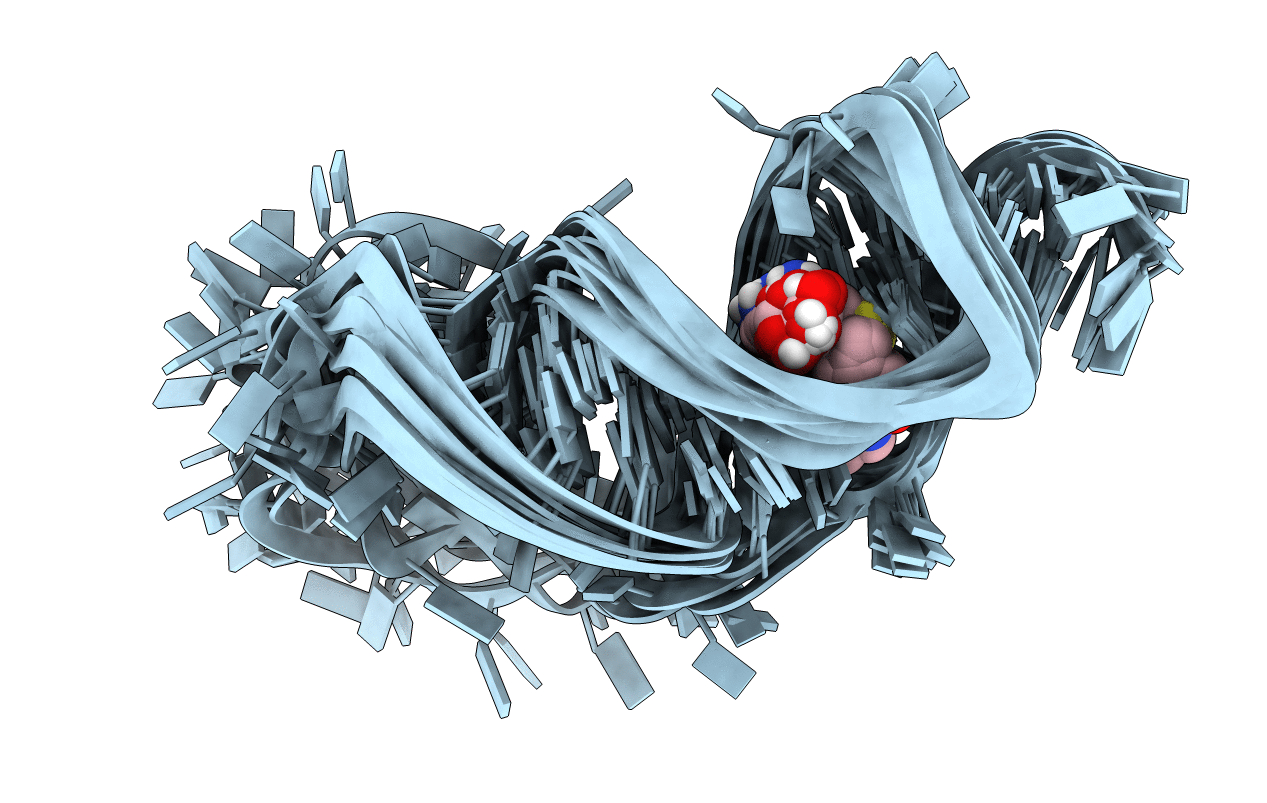
Deposition Date
2018-08-07
Release Date
2019-01-09
Last Version Date
2024-05-15
Method Details:
Experimental Method:
Conformers Calculated:
10
Conformers Submitted:
10
Selection Criteria:
structures with the least restraint violations


